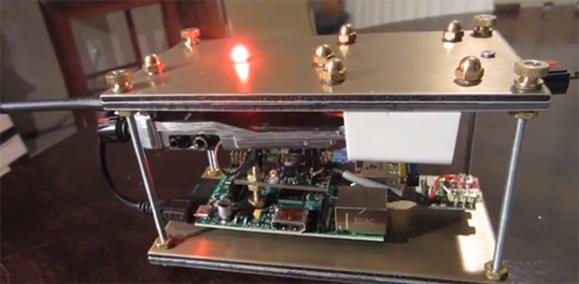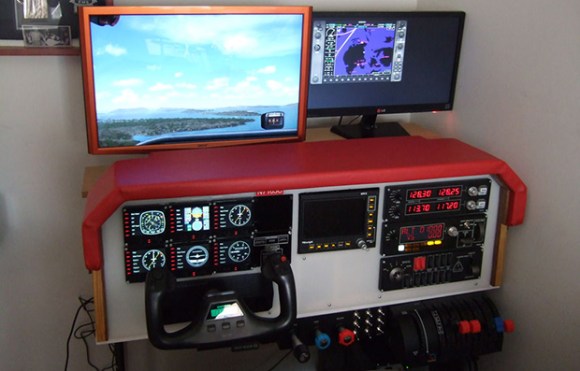
As far as space travel and Kickstarter is concerned, we’ve seen crowdfunding projects for satellites in low earth orbit, impacting the moon, and even a project for a suborbital rocket. This one, though, takes the cake. It’s a gun designed to send very small payloads into space on a suborbital trajectory.
The gun itself is an 8-inch bore, 45-foot long monster of an artillery piece. While the simplest way of shooting something down the length of a barrel would be exploding something in the breech, [Richard] is doing something a little more interesting. He’s broken down the propellent charges so instead of one giant propelling a bullet down a barrel, the projectile is constantly accelerated with a number of smaller charges.
The goal of the Kickstarter is to send a small payload into a suborbital trajectory. Later developments will include putting a small rocket motor in the dart-shaped bullet to insert the payload into an orbit.
This isn’t the first time anyone has attempted to build a gun capable of shooting something into space. The US and Canada DOD built a gun that shot a 180 kg projectile to 180 km altitude. The lead engineer of this project, [Gerald Bull] then went on to work with [Saddam Hussein] to design a supergun that could launch satellites into orbit or shells into downtown Tel Aviv or Tehran. [Bull] was then assassinated by either the US, Israeli, Iranian, British, or Iraqi governments before the gun could be completed.
Two videos from the Kickstarter are below, with a few more details on the project’s webpage

















